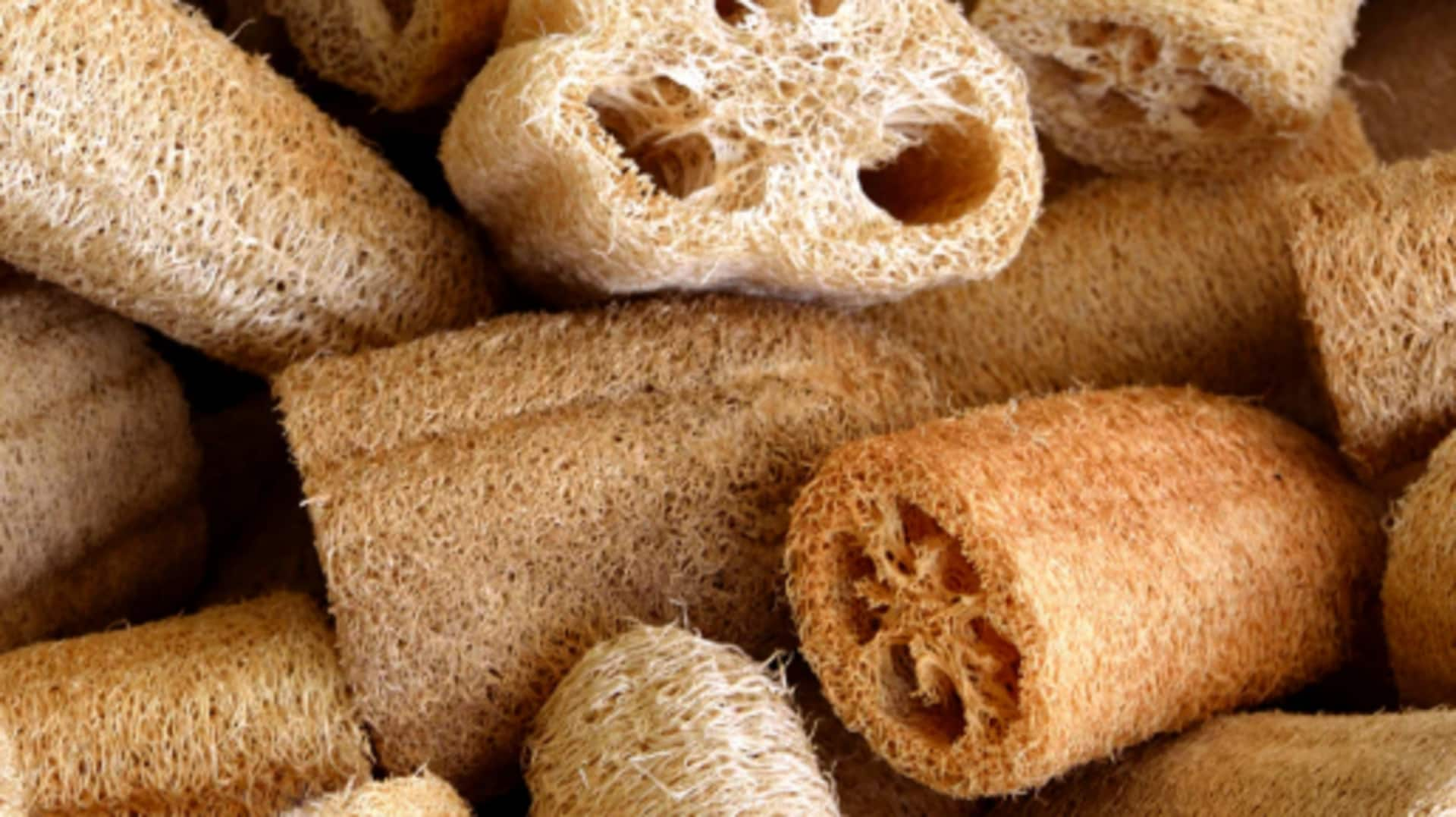
Loofah sponge gardening: Tips for beginners
What's the story
Gardening loofah sponges can be a rewarding experience, especially if you are looking for a natural, eco-friendly alternative to synthetic sponges. These sponges are made from the fibrous interior of the luffa plant and are widely used for bathing, cleaning, and even as decorative items. With the right conditions and care, you can grow your own loofah sponges at home. Here are some tips to help you get started.
Tip 1
Choosing the right location
Selecting an appropriate location is crucial for growing loofah sponges. They require plenty of sunlight, so pick a spot that gets at least six hours of direct sunlight every day. They also need enough space to spread out as they can grow up to 30 feet long. A trellis or fence can make an excellent support structure for the vines.
Tip 2
Preparing the soil
Loofah plants flourish in well-drained soil with a pH level of six to seven. Before planting, enrich your soil with organic matter like compost or well-rotted manure to enhance fertility and drainage. It's important to ensure that the soil is loose enough to allow roots to penetrate easily. This preparation is key to providing a healthy environment for your loofah plants to thrive.
Tip 3
Planting seeds
Plant loofah seeds after the last frost date in your area, as they are sensitive to cold weather. Sow seeds about one inch deep and two feet apart to give them enough room to grow. Water them well after planting but avoid overwatering, as excess moisture can lead to rot.
Tip 4
Watering and maintenance
Regular watering is key to keeping your loofah plants healthy, especially during dry spells. Water them deeply once a week, or more often if the weather is particularly hot or dry. Mulching around the plants can help retain moisture and keep weeds at bay. Keep an eye out for pests like aphids or spider mites, and treat any infestations promptly with natural remedies.
Tip 5
Harvesting loofahs
Once your loofahs have grown to their full size, wait until they're brown and dry before harvesting them for sponges. Cut them off carefully with pruning shears or scissors, without damaging other parts of the plant still producing new growth.